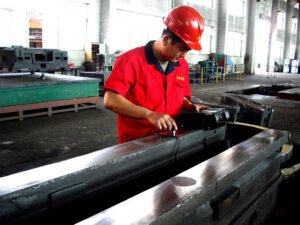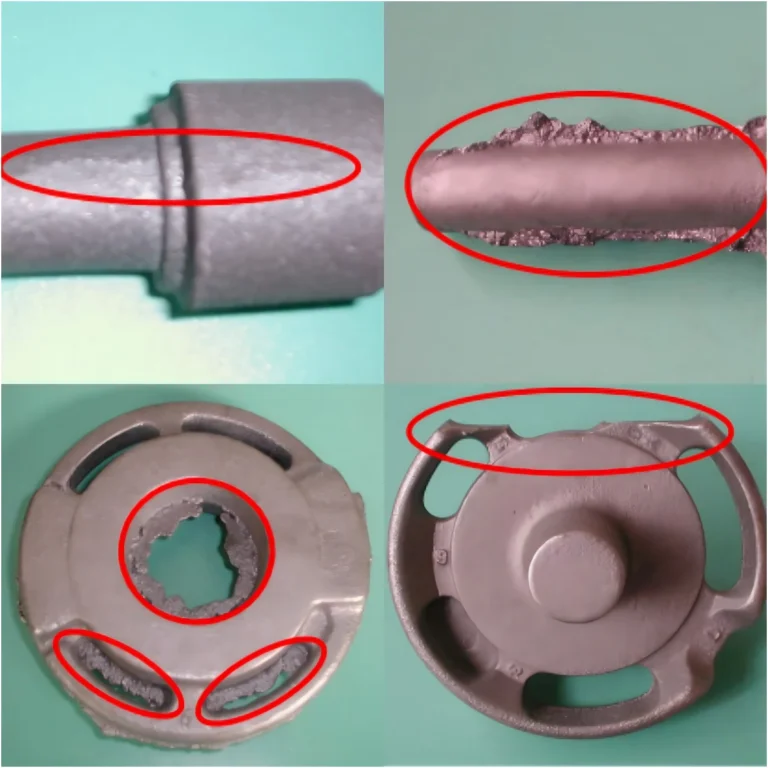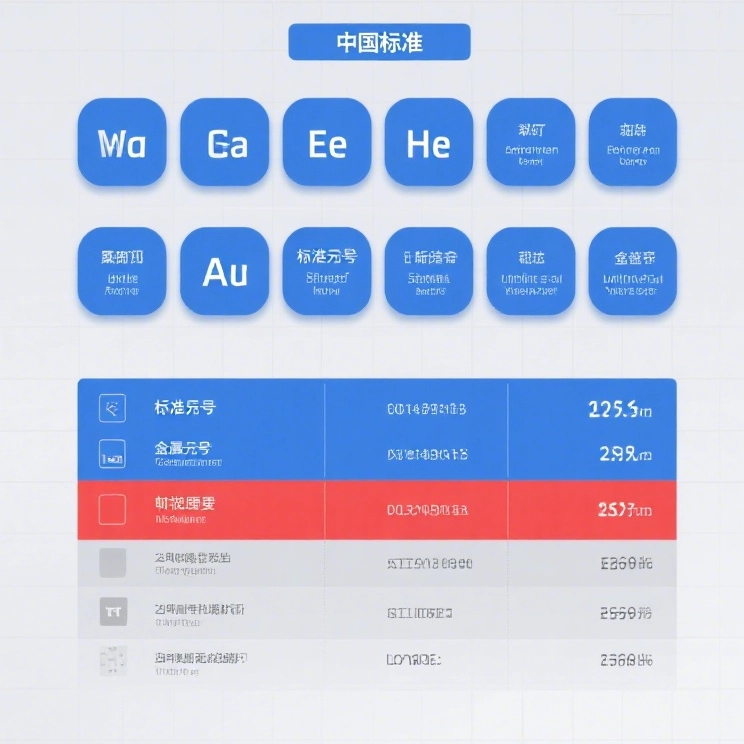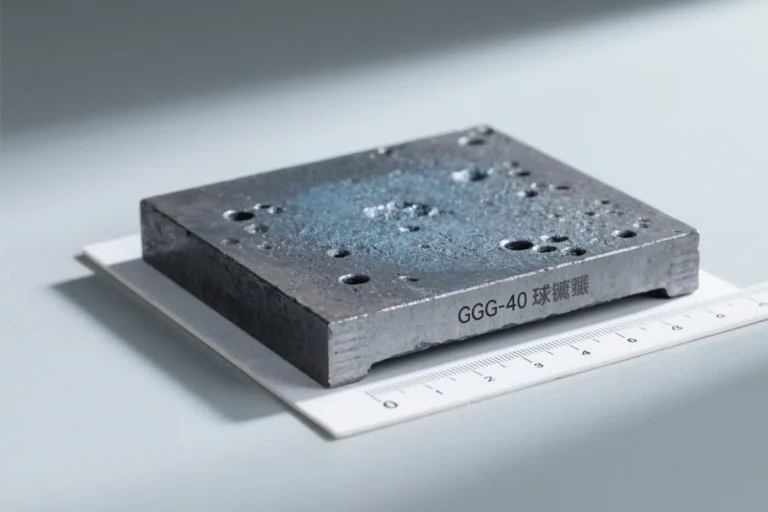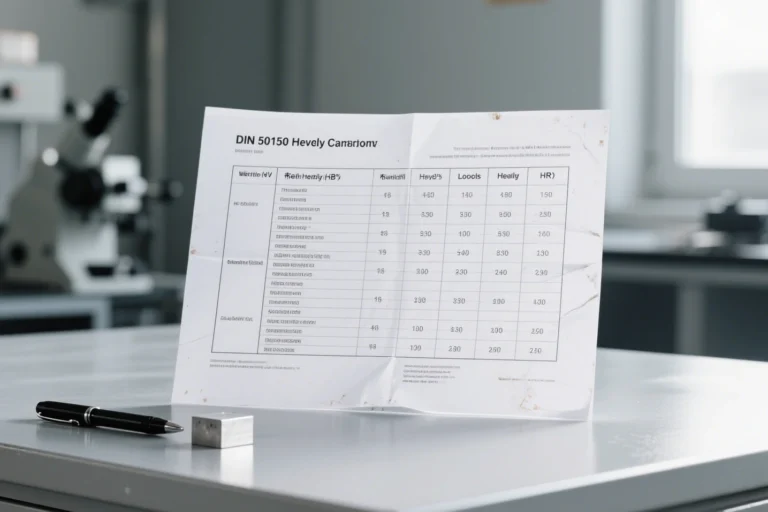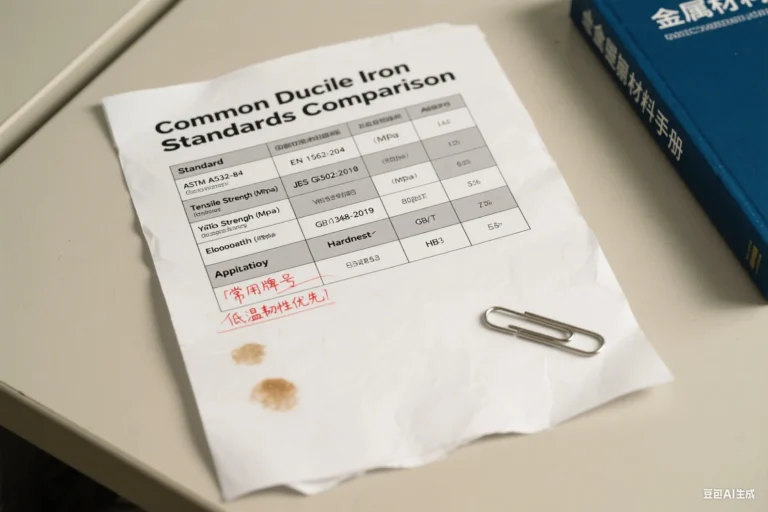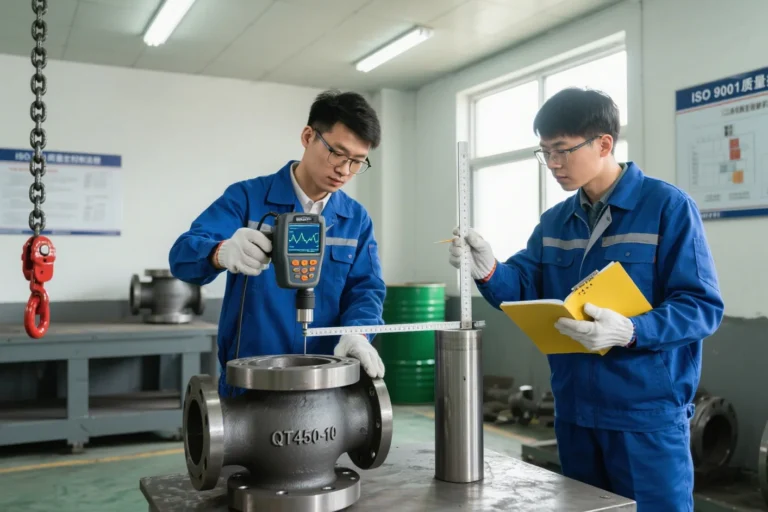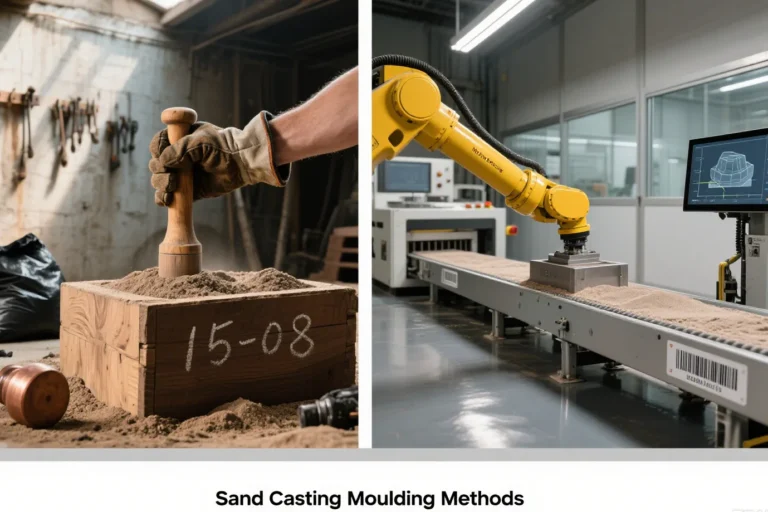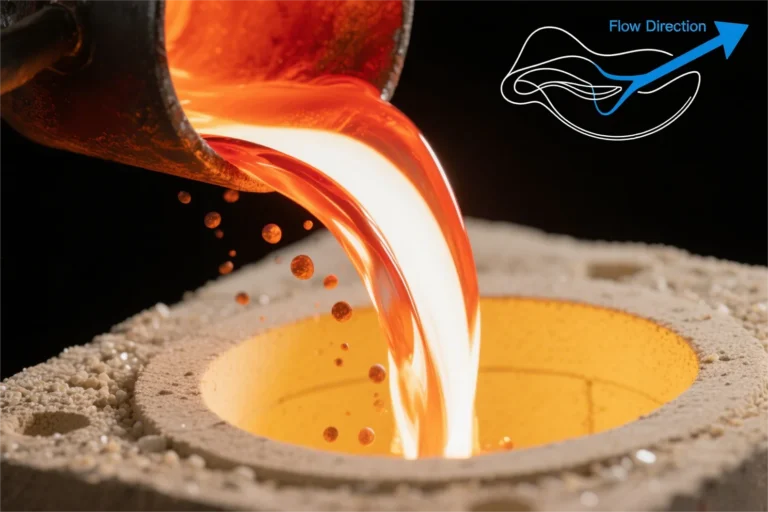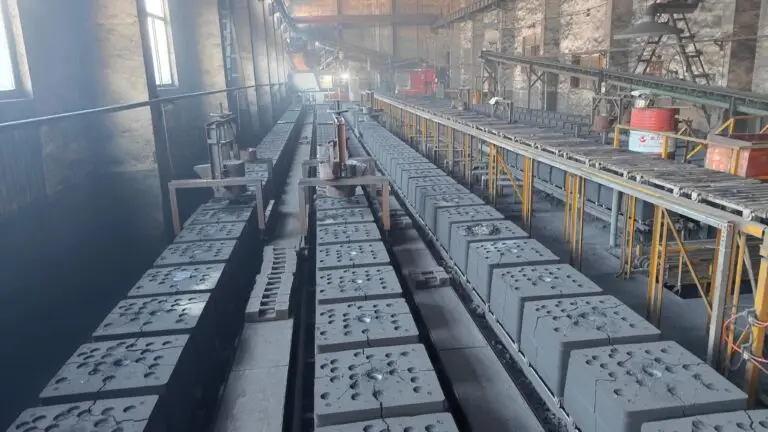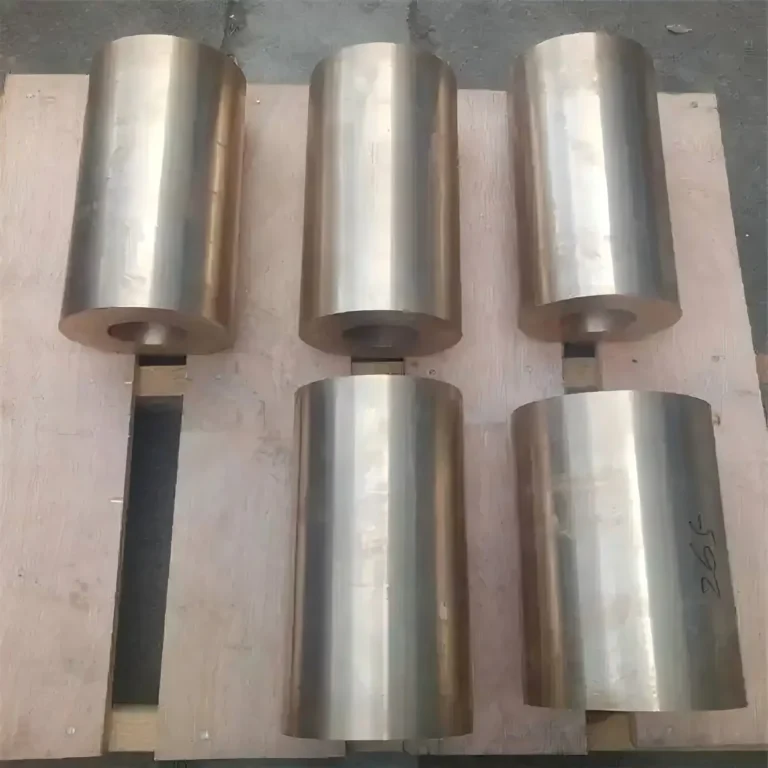Leesh holdings Sand casting – ductile cast iron
Checking method
1-Metallography Inspection
Metallographic Inspection is a method to determine the quality of ductile iron samples by observing their metallographic organization. Usually, the sample needs to be cut, polished, corroded, dyed, and then use a y microscope to observe the tissue structure and defects, such as inclusions, pores, cracks, etc., so as to judge the quality of ductile iron.
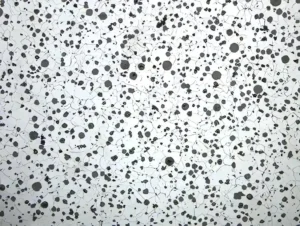
2-Hardness Inspection
Hardness Inspection is a method to judge the hardness resistance and strength of ductile iron samples by measuring their hardness value. The sample is usually tested using a hardness meter to yield its hardness value. The higher the hardness value, the higher the strength of ductile iron, the better the wear resistance.
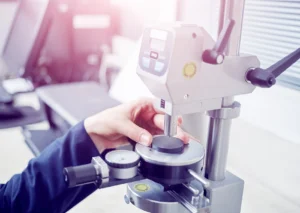
3-Mechanical property testing
Mechanical property is ctrical to part application, especially tesnsile strength, yield strength and elongation.
Usually, each heat , the foundry will pour at lest 3 sets of testing bars for the mechanical testing,then machining to required size for testing.
One set for in house testing, one set for customs, and the third sets keep in foundry at least 3 years for tracing.
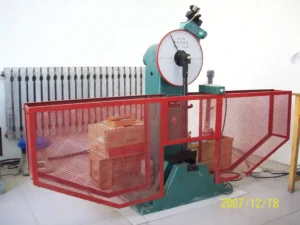
4-Ultrasonic inspection
Ultrasonic Inspection is a method to judge the internal defects of ductile cast iron samples by ultrasonic Inspection. An ultrasonic flaw detector is usually used to test the sample and obtain its internal defects, such as cracks, inclusions, etc. Usually suitable for ductile iron parts of large sizes and complex shapes.
In short, the quality Inspection of ductile iron is very important, through the comprehensive application of the above various methods, we can have a more comprehensive understanding of the quality of ductile iron, so as to ensure the reliability and safety of its application.
